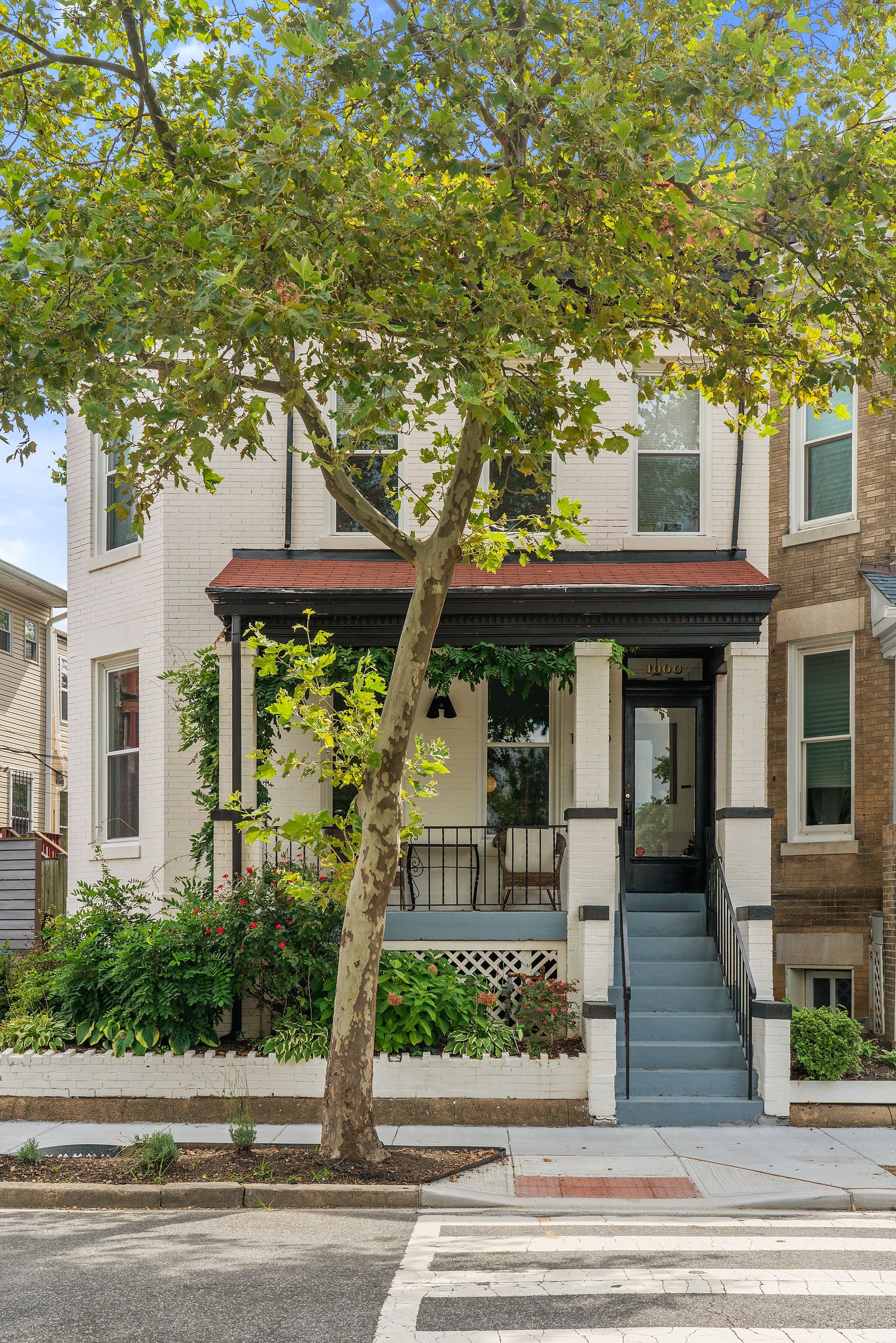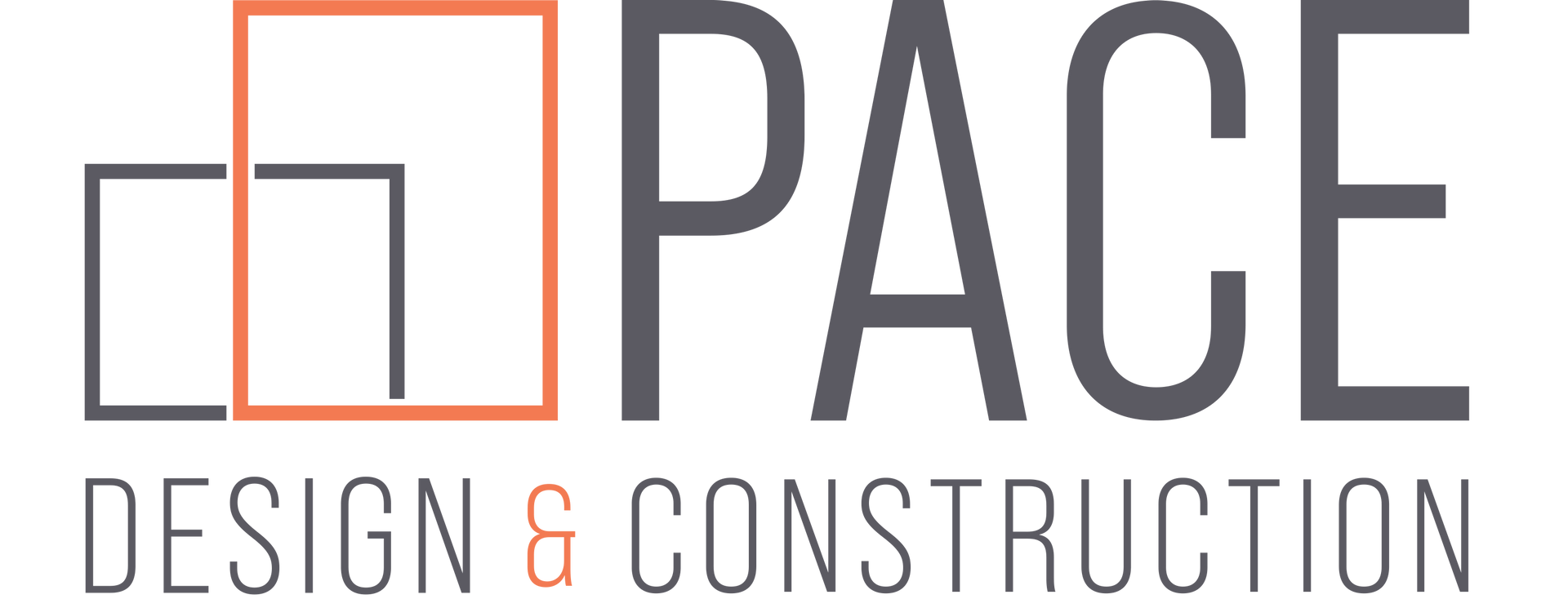Airflow in the Home
Airflow in the Home

Checking for good airflow in your home is an essential part of maintaining a comfortable and energy-efficient living space. Poor airflow can lead to many issues, including stagnant air, uneven temperatures, and increased energy costs. Whether you're in the process of renovating your home or just want to optimize airflow, here are some tips to help you ensure good airflow and decrease energy costs.
Keep air vents and registers unobstructed
One simple way to check for good airflow in your home is to make sure that all air vents and registers are free of obstructions. Furniture, rugs, and other items placed over vents can impede airflow, so it's essential to keep these areas clear to allow air to circulate freely.
Use a draft detector
A draft detector can help you identify areas where air may be leaking into or out of your home. Common culprits for air leaks include doors, windows, and electrical outlets. Sealing these areas with weather-stripping or caulking can help improve airflow and prevent energy loss.
Maintain your HVAC system
Regular maintenance of your heating, ventilation, and air conditioning (HVAC) system is crucial for ensuring good airflow. Replace air filters as recommended, and schedule professional inspections to keep your system running efficiently.
Consider a fresh air intake
Incorporating a fresh air intake into your home's HVAC system can help improve airflow and indoor air quality. A fresh air intake allows outside air to be drawn into the system, providing a constant supply of fresh air while maintaining energy efficiency.
Utilize ceiling fans
Ceiling fans can help promote good airflow by circulating air throughout your home. In the summer, set your fans to run counterclockwise to help cool the room, and in the winter, run them clockwise at a low speed to help distribute warm air more evenly.
When renovating your home, you have the opportunity to build good airflow into your plans from the beginning. Here are some strategies to consider:
Strategic window placement:
When possible, position windows to take advantage of natural ventilation. Cross-ventilation, which involves placing windows on opposing walls to create a path for air to flow through a room, can help promote fresh airflow without relying solely on mechanical systems.
Install exhaust fans
In areas prone to moisture buildup, such as bathrooms and kitchens, installing exhaust fans can help remove stale air and improve overall airflow. Proper ventilation in these spaces can also prevent mold and mildew growth.
Consider a ductless mini-split system
Ductless mini-split HVAC systems offer an efficient way to control the temperature in specific zones of your home. By allowing for customized climate control, these systems can help optimize airflow and decrease energy costs by avoiding the energy loss associated with traditional ductwork. A heat pump may also be an option for your home.
By paying attention to airflow in your home and implementing strategies to improve it, you can enjoy a more comfortable living environment and reduce your energy consumption. Good airflow not only enhances indoor air quality but also contributes to lower energy costs, making it a worthwhile investment for any homeowner. Contact Pace to get started!







